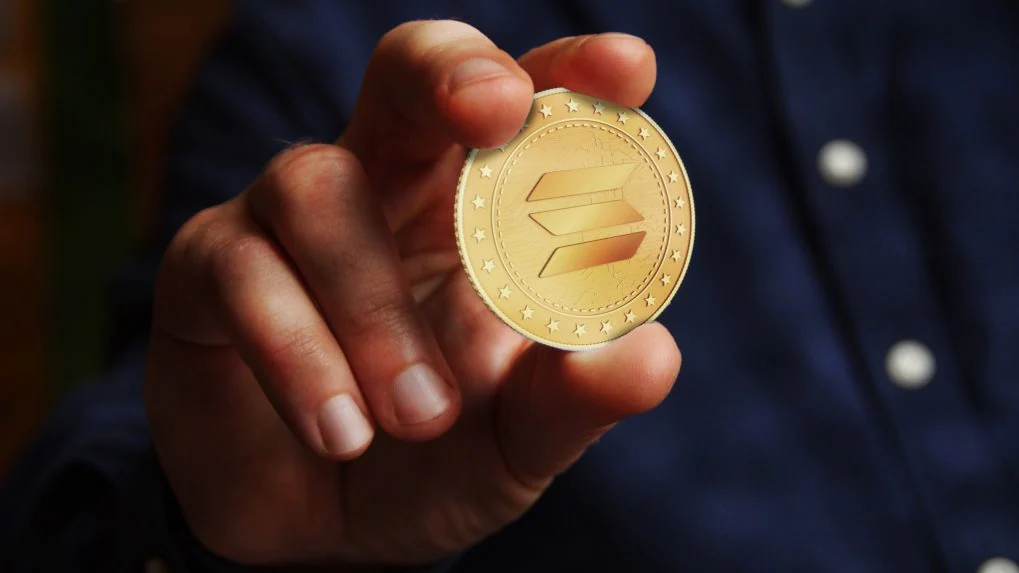
George Spencer
What You Need To Know About Ethereum’s Competitor Solana (SOL)

Solana was launched just last year, but it has taken the market by a storm. There has been consistent huge interest from both bulls and developers who build decentralized apps on Solana. Since the price of Solana plummeted in July, people dubbed it the Solana summer. We’re in December and the crypto continues to rally up, so it wouldn’t be far-fetched if I say we should just call the year Solana year. It has added 16,000% so far in the year.
Solana is being seen as Ethereum’s biggest competitor. It is the fifth-biggest cryptocurrency at the moment.
So what is Solana and why is it gaining so much attention?
What is Solana?
Solana is a blockchain network that uses open frame to provide ease-of-use. It was created by Anatoly Yakovenko and it operates on decentralized computer using blockchain. The database from blockchain is able to manage and track the token and record every transaction on it. The platform is called Solana whilst the token is SOL.
History of Solana
Anatoly Yakovenko first found Solana in 2017. He then partnered with Eric Williams and Greg Fitzgerald to create a cosmic scalable blockchain. He also partnered with Serum, another up-and-coming blockchain protocol to create a DEX. Serum used the advanced system of Solana to create a non-custodial spot and derivatives exchange platform.
Solana: The Ethereum Killer
Solana began to gain attention when people started treating it as an alternative to Ethereum. This is because Ethereum’s network is extremely congested and transactions became expensive, so people began searching for a way out; ergo Solana. Like Ethereum, Solana also offers smart contracts. Smart contracts are tiny pieces of code that allow blockchain platforms to run decentralized applications (dApps) and other programs.
Pros and Cons of Solana
Pros
- Anyone can secure a passive income when they stake their SOL on the network. An advantage of staking protocols is that they are very easy for new users to learn, and they provide more stable rewards compared to trading.
- Solana is fast and cheap. You can make global transactions in seconds for a fraction of the cost of other popular cryptocurrencies.
- With Solana, you wouldn’t have to deal with several shards or layer-2 systems. That’s because it always makes sure that there is composability between projects.
- It is ideal for day-to-day commerce.
Cons
- Lack of stability because of its short track record
- It’s not decentralized enough
- Several implementations need to be made on the app’s beta version
How Solana Works
Solana uses a combination of PoH (Proof of History) and PoS (Proof of Stake) in order to process transactions quickly. PoH assigns a leader node, which is in charge of generating the proof of history statement. The leader node also makes current transactions. The finish it off in their final nodes, who are in charge of executing the transactions again in order to verify them. Only one given node is allowed to be the leader. Solana uses a combination of PoH and PoS because it allows it to conduct the processing at a relatively low cost compared to other cryptocurrency’s blockchain networks; like Ethereum or even Bitcoin.
Latest
Blockchain
09 May 2024
Blockchain
19 Apr 2024
Blockchain
16 Jan 2024
Blockchain
31 Aug 2023
Blockchain
24 Jun 2023
Blockchain
24 Jun 2023













